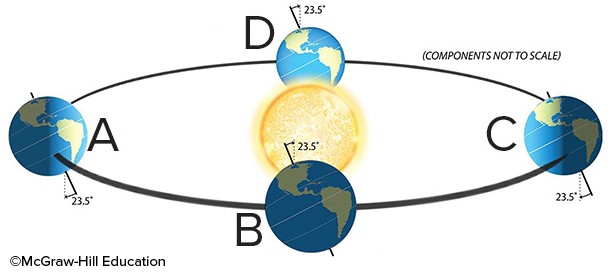In which of the following directions could you see a sundog?
A. about 22 degrees to the right or left of the moon
B. about 22 degrees to the right or left of the sun
C. about 22 degrees below the sun
D. about 22 degrees above the sun
Answer: B
You might also like to view...
Looking at Figure 7.7.1, which of the following is the predominant branch of Christianity found in the southeastern US?
A) Catholicism B) Protestantism C) Eastern Orthodoxy D) Bahá'í E) None of the above
What is the most direct way to determine if a mineral is probably calcite?
a. Hold a magnet to the mineral. If you feel a pull, the mineral is calcite. b. Drop dilute hydrochloric acid on the mineral. If it effervesces, it is probably calcite. c. If the mineral has cleavage in three directions, then it is calcite. d. Drop dilute hydrochloric acid on the mineral. If it does not effervesce, it is probably calcite. e. If the mineral has a conchoidal fracture, then it is calcite.
What chemical poses the most danger to the ozone layer?
A) chlorofluorocarbons (CFCs) B) dihydrogen oxide C) dioxin D) polychlorinated biphenyl E) triple-bonded oxygen (O3 )
Which of the letters represents the summer solstice for the Northern Hemisphere?
A. A B. B C. C D. D